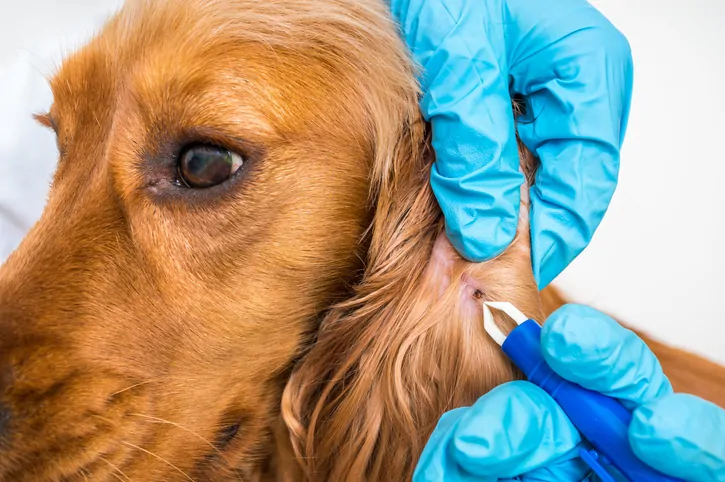Ticks spread a host of serious, incurable diseases to cats, dogs, and people. Therefore, tick control and prevention are as important to your family's health as it is to your pet's. Here we will look at why tick control is important for your cat, your dog, and your family as well as some ways you can prevent these pests from causing you and your pet serious, irreparable harm.

Ticks are a parasitic form of arachnid, like spiders, scorpions, and mites, that feed on both human and animal blood. They rely on their hosts to bring them onto your land or around your house because they can't fly or jump to go around. Ticks are frequently carried by wild animals when they occur in your area. Deer, horses, rats, and other types of wild animals can all serve as tick hosts. Cats and dogs typically act as carrier hosts for parasites once they are on your property, which allows the parasites to enter your home.
Ticks exist in a variety of temperature zones and are found all across the country. However, they seem to prefer the damp, shady woodlands of the Northeastern US the most. A US News report found that Pennslyvania had the highest incidence of tick-borne illness in the United States, followed by many of its east coast neighbors. Minnesota and Wisconsin in the northern Midwest also made the list.
Ticks transfer disease-causing viruses, bacteria, and microscopic parasites to pets and humans through their saliva which enters their host's bloodstream when the tick bites. The most common diseases spread by ticks include:
Many tick-borne diseases have common symptoms that can include body aches, joint pain, headache, fever, rash, fatigue, stiff neck, swollen lymph nodes, and facial paralysis.
Ticks are relatively easy to locate once they've settled in for a bite because, if unbothered, they will feed in the same spot for anywhere from 3 to 10 days. Ticks typically seek out the warm, moist cracks or crevices of their host for comfort and less chance of detection. So if you're checking your dog or cat for ticks make sure to look deep within your pet's coat, inside and around their ears, around their neck, and between their legs and toes.
To get rid of ticks on your pet and prevent them from getting new ones, most pet owners one or more of the following:
Some medications used to treat ticks in dogs are harmful to cats so make sure you purchase tick treatments that are formulated specifically for your pet. Tick control medications are often found in combination with flea control and prevention medications so be sure to check the label to see if the product you choose protects your pet from more than one kind of pest. To identify the best tick prevention for your cat or dog, consult your veterinarian.
Phone: (855) 461-8259
Email: [email protected]